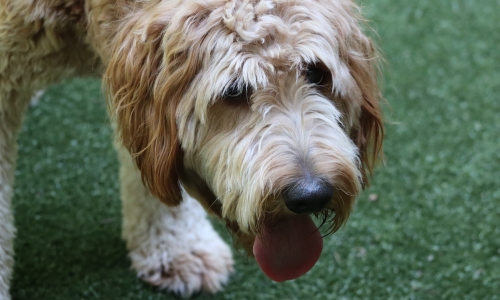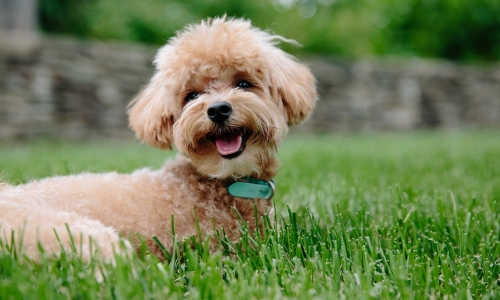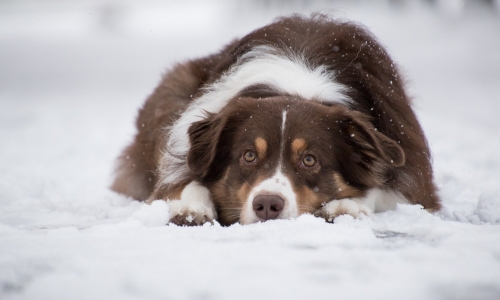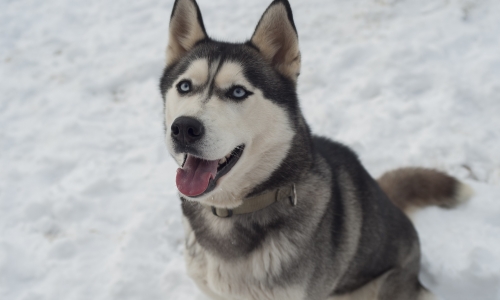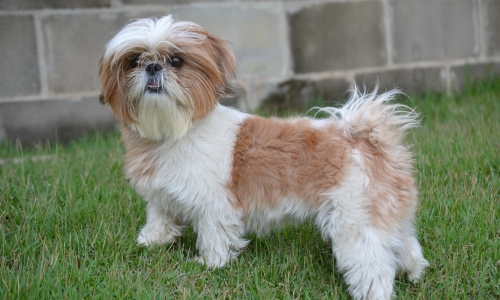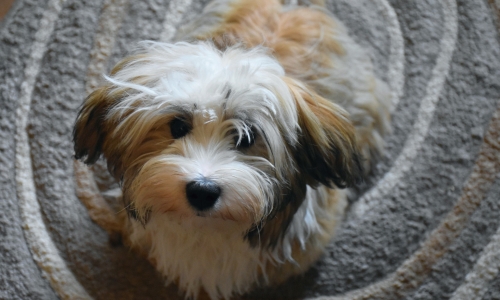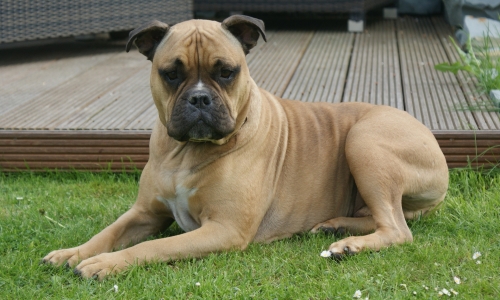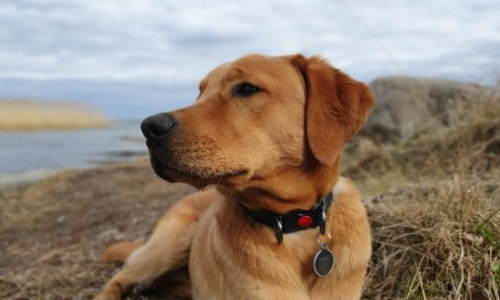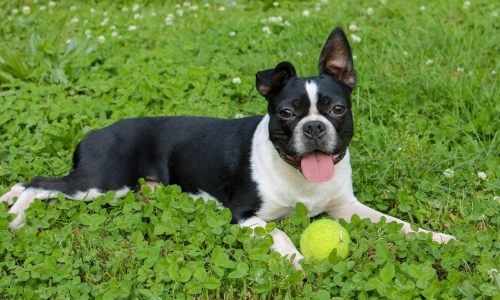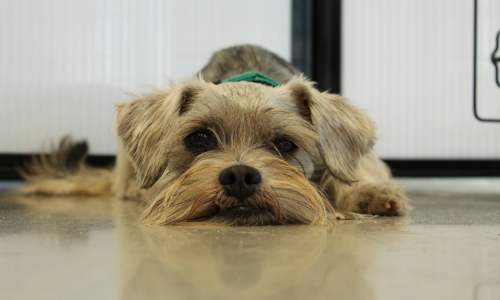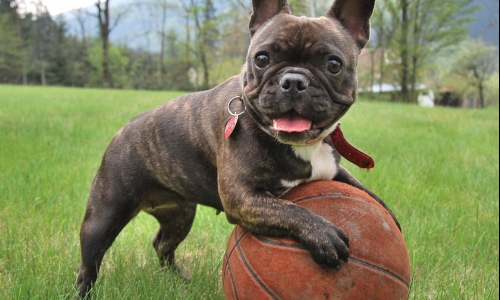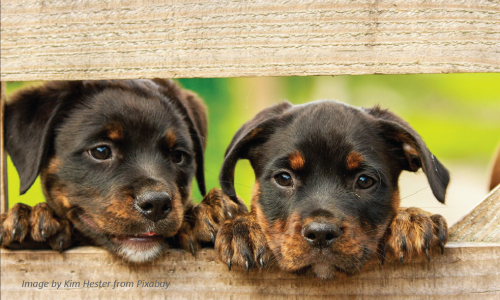What's in the bag? Shedding some light on the commercial pet food industry

That bag of dog food you pick up every month is just one of the easy time-savers we all take for granted but it can come at a cost of questionable nutrition and exposure to toxins, for the unwary. October’s blog post is about the real trade-off for our modern-day love of convenience? As a dog or cat owner, you should be making informed choices for your pets, learning how commercial pet food is made and the reasons why multi-billion-dollar commercial pet food companies reap big profits.
Is the Canadian pet food industry regulated?
Canadian pet food manufacturers are subject to several Canadian and international regulations, as part of the Canadian Food Inspection Agency’s enhanced animal health safeguards. This makes specified risk materials illegal to feed to animals, including dogs and cats.
Pet food manufacturers must comply with the Consumer Packaging and Labelling Act, as well as the Competition Act, administered by Industry Canada (now joined with the ministries of science and technology). These regulations specify how pet foods may be marketed to consumers, including how food is named and what information must be included on pet food labels.
Members of the Pet Food Association of Canada (PFAC) also manufacture to the nutritional standards set out by the Association of American Feed Control Officials (AAFCO).
Have you seen the “suitable for all life stages” claim?
Avoid any brand that makes this assertion. No pet food is suitable for all life stages. Your puppy or kitten has specific nutritional needs at this life stage. So does your adult pet and so does your senior pet. Good brands formulate their products to meet these different needs.
Splitting the label practice. Do you know how this game works?
Let’s look at the following list of ingredients you might find on your dog food package:
Meat Meal, ground corn, wheat, corn gluten meal, soybean meal, brewers rice, beet pulp, etc.
Most people would assume that meat is the main ingredient.
Corn is actually the main ingredient in the above list. Corn has simply been split into three different categories. Pet food companies want you to think that what you're buying is mostly protein when in fact, if their label reads like this example, what you’re getting is mostly corn.
Many grains in commercial pet foods contain levels of carcinogenic herbicides, pesticides, and fungicides too high for human consumption, but deemed acceptable for pets.
Do you know what pet food companies use to bulk up their products, ingredients offering little or no nutritional value?
Beet pulp, a dried residue from sugar beet under the guise of fibre. In fact, it’s mostly sugar.
Soybean meal comes from the remaining flaked material after a solvent extract has been used to pull oil from soybeans.
Powdered cellulose, comes from green plants after the cell walls have been broken down and turned into powder. It’s used to bulk up pet foods. Sugar food by-products come from the inedible remains of sugar-based food production like candy, dry-packaged drinks, dried gelatin mixes, etc. Used to add calories and taste enhancement.
Are you aware of what chemicals and dyes to watch out for on the list of ingredients?
Avoid all food and treats that contain the following:
BHA (Butylated Hydroxyanisole) is a waxy substance used mainly as a preservative in food. Its antioxidant property prevents rancidification and the resulting strong odor. It has carcinogenic properties.
BHT (Butylated Hydroxytoluene) is a food additive used as a preservative to maintain freshness and prevent spoiling. Prevents vegetable oils from going rancid. Suspected of causing cancerous tumors and liver issues in dogs.
Ethoxyquin, used as a food preservative to stop the rancidity of fats and prevent color loss in orange pigments. There is some research suggesting that Ethoxyguin in pet foods, over time, can lead to an elevation in liver enzymes.
Red 40 can trigger hypersensitivity reactions to the food.
Yellow 5 & 6 can trigger hypersensitivity reactions to the food and may be contaminated with several cancer-causing chemicals.
PG (Propylene Glycol), is an approved food additive for dogs and sugar gliders. It has the dubious honour of being named the American Contact Dermatitis Society’s Allergen of the year 2018.
Dye 4-MIE or Caramel Colouring, may resemble real caramel but that is where the similarity ends. Some types of this artificial colouring contain a potentially carcinogenic chemical called 4-methylimidazole (4-MeI) used to colour the product and make it pleasing to human eyes. It’s a known animal carcinogen.
(from the WebMD archives)
Some pet owners don't want to buy food that contains the synthetic preservatives BHA (butylated hydroxyanisole), BHT (butylated hydroxytoluene), or Ethoxyquin. These preservatives stop fats from turning rancid and can keep dry dog food fresh for about a year. Their safety has been questioned by some consumers and scientists. The FDA says they’re safe at the level used in dog food.
You’re the pet owner, ultimately it’s your decision how you feel about the data.
It should be noted that the better dog food brands no longer use BHA, BHT, or Ethoxyquin, opting instead for natural preservatives like tocopherols (vitamin E), ascorbic acid (vitamin C), citric acid, and rosemary. These new preservatives not only preserve but actually offer some additional nutrition to the food.
Do you understand the definition of meat on dog food packaging?
AAFCO definitions:
MEAT: the clean flesh obtained from slaughtered mammals. This tissue includes muscle, tongue, diaphragm, heart, and esophagus. It can also include the fat, skin, sinew, nerve, and blood vessels that would be part of the underlying flesh.
MEAT MEAL: the rendered product from mammal tissue without blood, hair, hoof, hide, trimmings, manure, stomach, and rumen contents (small amounts are unavoidable).
POULTRY-BY-PRODUCT MEAL: The ground, rendered, clean parts of slaughtered poultry, including necks, feet, eggs, and intestines. This excludes feathers (small amounts unavoidable).
POULTRY BY-PRODUCT: Can include non-rendered clean parts of slaughtered poultry (head, feet, and viscera, free of fecal content and foreign matter (small amounts unavoidable).
FISH MEAL: A rendering residue from a fish processing plant. Fish meal might include heads, tails, insides, and blood. It is generally higher in protein. It is thought to be higher in protein quality than meat meal and bone meal. Defined by AAFCO as the clean, dried, ground tissue of undecomposed whole fish and/or fish cuttings, with our without oil extraction.
Are you aware of the more questionable sources of protein AAFCO allows in pet food?
Hydrolyzed hair which is treated hair from cattle, horses and pigs or other slaughtered animals.
Dried poultry waste which includes straw and wood shavings, obtained from factory farming operations.
Dried swine waste which includes straw, wood shavings and bedding material, usually coming from large hog operations.
Do you know what happens during the rendering process?
Pre-rendering: Along with clean flesh, slaughterhouses also provide renderers with the leftovers of animals not fit for human consumption. Before shipping to the rendering plant, the materials are treated with a denaturing agent (in Canada this agent is called Birkolene B) the mystery substance that breaks down the natural structure of the protein in order to destroy disease agents.
What is a rendering plant? It's a business that obtains protein from all kinds of sources (slaughterhouses, roadkill, dead zoo animals, dead livestock, restaurants, grocery store cast-offs and can also include euthanized cats and dogs, to create the base ingredient for pet food industry products.
What happens at a rendering plant? Machines slowly grind the material up in huge vats. The contents are then cooked between 220°F and 270°F, for 20 minutes to an hour. Then the mixture is spun at high speed so that the grease rises to the top and is then removed. This grease becomes a partial source of animal fat in most pet foods. Fats are also sourced from restaurants, the old stuff no longer used for human consumption and likely rancid.
This grease or rendered fat is something like tallow. Think of what’s left in your pan after you cook bacon.
After the grease is removed, the remaining material is dried. Meat Meal, and Meat and Bone Meal are the end product of the rendering process. This material is then purchased by pet food manufacturers. To this protein material, vitamins, minerals and preservatives are then added to make the final pet food.
Do you understand the difference between “Manufactured by” and “Manufactured for”?
Manufactured by: is a statement that identifies the company that manufactured the food and is responsible for its quality and safety.
Manufactured for: This means the brand has no actual manufacturing capability and uses a “co-packer” (a secondary company that actually manufactures the food) to produce the product.
Beware of the claim “Made in Canada” or "the USA” This statement only applies to where the food is put together and packaged, not where the company gets their base ingredients. The source for rendered protein can originate anywhere on the globe.
Is your dog a domesticated version of the wolf when it comes to nutritional requirements?
NO, and don’t let the packaging on dog food bags persuade you otherwise. Dogs have been evolving with us for well over 10,000 years. For the most part, they’ve been eating what we’ve been eating, leaving behind a predominantly meat, bone, and skin diet. Genetically dogs have adapted to be able to assimilate and digest starches. Something a wolf cannot digest. Dogs have up to 30 copies of the gene that makes amylase, a protein that starts the breakdown process of starch in the intestines. Wolves have only two copies of this gene. And, the multiple genes for amylase are twenty-eight times more active in dogs, meaning that dogs are much better at digesting starches than wolves.
Another gene that codes for an additional enzyme, called maltase, is also important for the digestion of starch and is found to be longer in dogs than wolves. This longer form is also found in herbivores like cows and rabbits.
Long story short, dogs have adapted to what we eat. Dogs thrive on a diet very similar to the balanced version of our own nutritional requirements.
How does the raw food diet compare to dry kibble and/or canned dog food?
If carried out properly, raw can be a very healthy alternative to standard commercial dog food.
There are more options now for feeding raw. For instance, there are now commercial forms of raw food for pets which cuts down on time and regimented prep process if you are providing raw to your dog, completely from scratch; yes, commercial formulations which leads us right back to the question, “What’s in the bag?”. I need to do more research on this subject to properly comment. It’s a topic I’ll get back to in a future blog post.
Raw is not for everyone. You need to be able to stick to its strict requirements. There are certain health risks for humans if food is not handled properly. Dogs can shed certain bacteria, harmful to humans, while not posing any risk or providing telltale symptoms, in healthy animals. Raw is also not the best choice for puppies, older dogs, or dogs whose immune systems are no longer strong.
Are there options when it comes to what you feed your dog?
Yes, you can make your own dog food at home as long as you’re using vet-approved recipes and including bone and mineral supplements. Getting the bone and mineral ratios right, is a bit complicated. It’s better to buy the supplements and add them to the recipes. If you are going to try this route it’s important to stick to the recipes with no substitutions.
Making dog food at home is a bit more expensive than buying good quality commercial dog food, more so for larger dogs. And it can be time-consuming. You can feed half home-cooked/half commercial meals. Having done the home-cooked regime for a year, I eventually moved to the half/half compromise with the best commercial brand I could find.
NOTE: Cat food is a bit more difficult to make in house since there are significant differences in their nutritional requirements. That's why it's not a good idea to feed your cat and dog the same pet food. Cats are obligate carnivores requiring much higher levels of meat, whereas dogs are omnivores requiring a higher level of fibre than their feline counterparts.
Interested in learning more?
There’s simply too much highly valuable information to include in a blog post so I encourage you to explore this topic in much greater depth. To do this you might start with the following books:
1) Dog Food Logic, Making Smart Decisions for Your Dog in an Age of too Many Choices, by Linda P. Case, M.S.
2) The Allergic Pet, Holistic Solutions to End the Allergy Epidemic in Our Dogs and Cats, by Deva Khalsa, VMD
3) Food Pets Die For, Shocking Facts about Pet Food, by Ann N. Martin, International Authority on Pet Food
Check THE DOG BLOG again for more tips on training and canine well-being.
